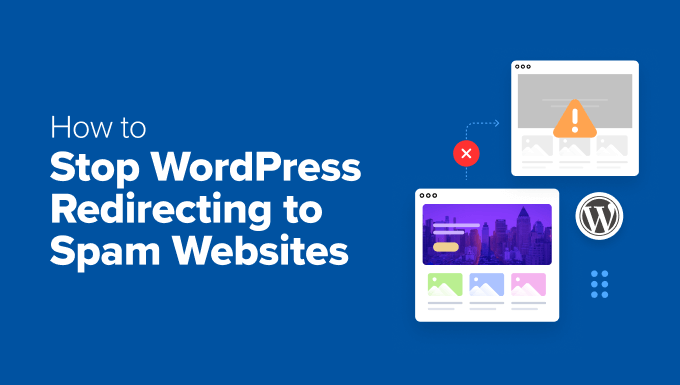Customer data is invaluable, akin to gold, but unlike gold, it must be earned rather than mined. Surprisingly, few brands truly comprehend data, and even fewer can fully utilize its potential.
The pandemic caused a significant increase in online sales, achieving in months what would typically take years. Brands suddenly had unprecedented access to customer data from new buyers, touchpoints, and transactions.
However, brands lacked the systems, models, and strategies to effectively leverage this data, hindering their ability to gain valuable insights for better personalization, intelligent targeting, and superior customer experiences.
Today, businesses are catching up, but many still struggle with evolving regulations and consumer behaviors.
The acquisition of third-party data has become strained, affecting its use and availability. In 2020, stricter privacy laws were enforced, impacting advertisers who relied heavily on third-party cookies. The shift towards a privacy-first internet is gaining momentum.
GDPR initiated the conversation, but moves like Google’s phased removal of third-party cookies and increased user choice in browser settings have emphasized that data ownership now lies with consumers.
In 2024, Google introduced enhanced cookie transparency tools, requiring user consent before tracking across websites. Privacy-first browsers and ad blockers have become the default, further reducing third-party data availability.
For ecommerce marketers, this is challenging. A 2023 Adobe study found that 75% of marketers still relied on third-party cookies, highlighting dependence on external data for targeting, segmentation, and attribution.
Third-party data also carries risks of being low quality, outdated, inaccurate, or irrelevant. It may breach privacy expectations or regulations if misused. Unsurprisingly, 38% of British shoppers now reject third-party cookies due to growing distrust.
As tech giants like Google, Apple, and Meta tighten data access, it’s harder for businesses to collect, sell, or share third-party data freely.
However, the decline of third-party cookies doesn’t signal the end of personalized commerce, but rather a shift towards something better.
Zero-party data is the new golden ticket for digital marketers seeking to personalize content, tailor messaging, and create premium customer experiences. Understanding the difference between zero-party and first-party data is crucial.
Zero-party data is information actively shared by customers through interactions like quizzes or polls.
First-party data is passively collected from customer interactions with a brand’s touchpoints and channels, such as product views and purchase history.
Using both gives ecommerce brands a competitive edge, revealing customer preferences, interests, and habits in a compliant way. The payoff? Shoppers notice: 73% of customers expect personalized experiences, and 41% are more likely to buy from brands that deliver them.
Seraj Bharwani, Chief Strategy Officer at AcuityAds, notes that first-party data is advantageous for targeting and measurement without third-party cookies. However, most brands lack frequent interactions with potential customers unless they create new content, solutions, and services valued in exchange for first-party data.
If third-party cookies disappear, brands collecting first-party data directly from customers have a huge advantage. Companies must earn it by creating valuable trade-offs, like helpful content or services, so customers willingly exchange their data. Examples of engagement points to collect zero- and first-party data include:
- Website polls, quizzes, and questionnaires.
- Newsletters with tips and discounts.
- Account sign-up in exchange for rewards.
- Topical content related to product categories.
- Product recommendation tools and chatbots.
- Marketing, website, and app analytics.
Adapting to the new normal of data collection and insight involves three best practices:
- Power smarter personalization with first-party data
Ecommerce businesses can create more effective personalization by collecting relevant first-party data. In a post-cookie world, focus on data that is meaningful, transparent, consent-driven, and relevant.
- Ensure data consistency across your ecommerce tech stack
Today’s most valuable data resides in systems you control, such as your store, CRM, email, and SMS platforms. Shifting focus to first-party data involves doubling down on owned channels, offering opportunities to collect meaningful insights and deliver personalized experiences.
Focus on areas like encouraging account creation and login, asking customers directly through surveys, and establishing loyalty programs with real value.
- Use AI to fill in the blanks
Predictive AI tools help bridge data gaps by analyzing existing data and forecasting likely future actions. Combining zero-party insights with first-party behavior allows AI tools to generate relevant content and recommendations.
With third-party data decreasing and zero- and first-party data increasing in value, ecommerce businesses face a crossroads. Top-performing brands will adapt by capturing zero- and first-party data, translating it to segmentation, and creating personalized content that is timely and relevant.
Email and SMS are effective channels for ecommerce marketing. With the right third-party systems, businesses can realize data value in a post-cookie world and continue driving growth.
Brands like Smile Brilliant are already capitalizing on zero- and first-party data, achieving impressive results through email and SMS marketing.
The Klaviyo Data






